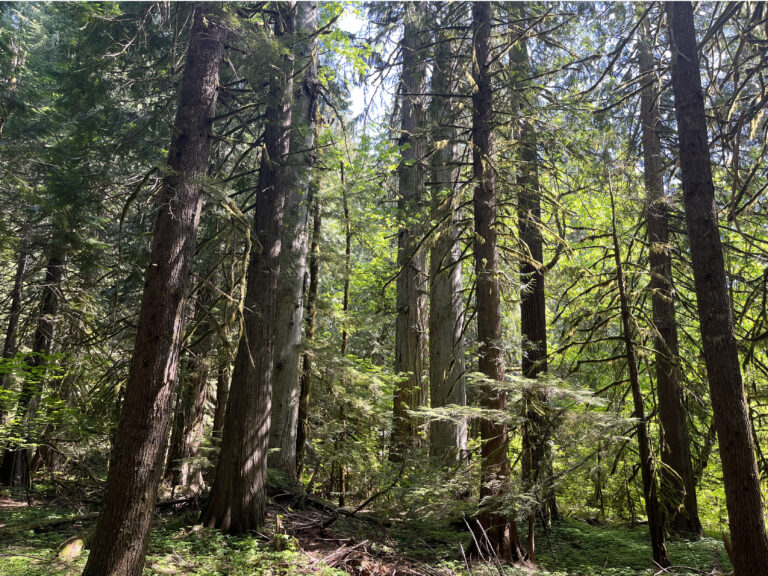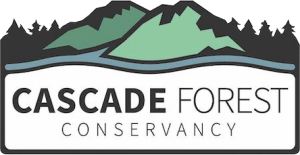Fire
BUILDING FIRE-RESILIENT ECOSYSTEMS, RESTORING AREAS IMPACTED BY BURNS, & WORKING TO UNDERSTAND FIRE'S ROLE IN INFLUENCING PACIFIC NORTHWEST ECOSYSTEMS
Wildfires have always been a part of forest ecology in the Pacific Northwest. However, RECENT FIRE SEASONS HAVE DESTROYED HOMES, BUSINESSES, AND COMMUNITIES AND HAVE EVEN CLAIMED LIVES.
Cascade Forest Conservancy is working on several fronts to address fire in our region—both before and after fire events—to ensure we are doing our best to protect the people, species, and habitats in this area.
We work with partners to better understand the effects of fire in different habitats throughout the region. We seek to ensure healthy ecosystems maintain their ability to withstand the impact of wildfires by preserving mature forests and old-growth and fighting to prevent harmful post-fire salvage logging. Other projects aim to restore compromised habitats, making them more resilient to natural fire cycles. With the help of volunteers, we also work to restore certain areas impacted by successive fires that burned the same place in a relatively short period of time, through reseeding and replanting efforts.
A Landscape Shaped by Fire
When fires threaten homes and livelihoods it can be difficult to see them as anything other than destructive. However, the forests in our region have evolved with fire, and it has shaped the evolution of the plants, animals, and ecosystems in our region.
Healthy and thriving Northwest forests are complex patchworks of stands in various stages of growth and regrowth. They are young and old, disturbed and undisturbed, and ever-changing. One reason they look this way is that wildfires do not burn through an area uniformly. Some forest stands in fire-affected areas will ignite, while others escape untouched. The resulting mosaic of varied habitats and the edges and borders between them supports diverse communities of plants and animals. Some species, like the black-backed woodpecker, evolved specifically to thrive in these unique post-fire conditions.
Indigenous peoples who stewarded the region prior to American colonization appreciated the importance of wildfire to the health of the various habitats. Many cultures utilized fire to shape and manage the forest and its resources, maintaining habitat for populations of game animals and areas that could support food sources like huckleberry.
Are wildfires really getting worse?
The answer is complicated. Before a century of fire suppression, large fires, even west of the Cascades, were not uncommon. While wildfires are a normal part of forest ecology in the Pacific Northwest, climate change and current forest conditions are resulting in record-breaking seasons and wildfires that are relatively large, intense, and occur with greater frequency. For instance, in the Mount Adams area, we are seeing forest stands burning several times within a decade—a much higher rate than what scientists believe occurred here in the past and one that interrupts natural cycles of regrowth and recovery.
Climate change is one factor in record-breaking fire seasons. High temperatures and changes to precipitation patterns create more dry vegetation that can fuel expansive wildfires. However, the condition of many parts of our forests following decades of mismanagement may be more to blame for increasing fire danger than any other single factor. For a century, the U.S. adopted a policy of total fire suppression that ignored indigenous knowledge and the importance of wildfire to the landscape. As a result, many forest stands are now prone to more intense or large fires. Worse, many thousands of acres of healthy and biodiverse forests have been clearcut and replaced by profit-maximizing monocultures of closely packed stands of trees of the same age and species. These tree plantations are dangerous tinderboxes; they are vulnerable to disease and lack the natural wildfire resilience of the biodiverse and complex forests they replaced.
Want to learn about wildfire?
How CFC’s work impacts fire in the Cascades
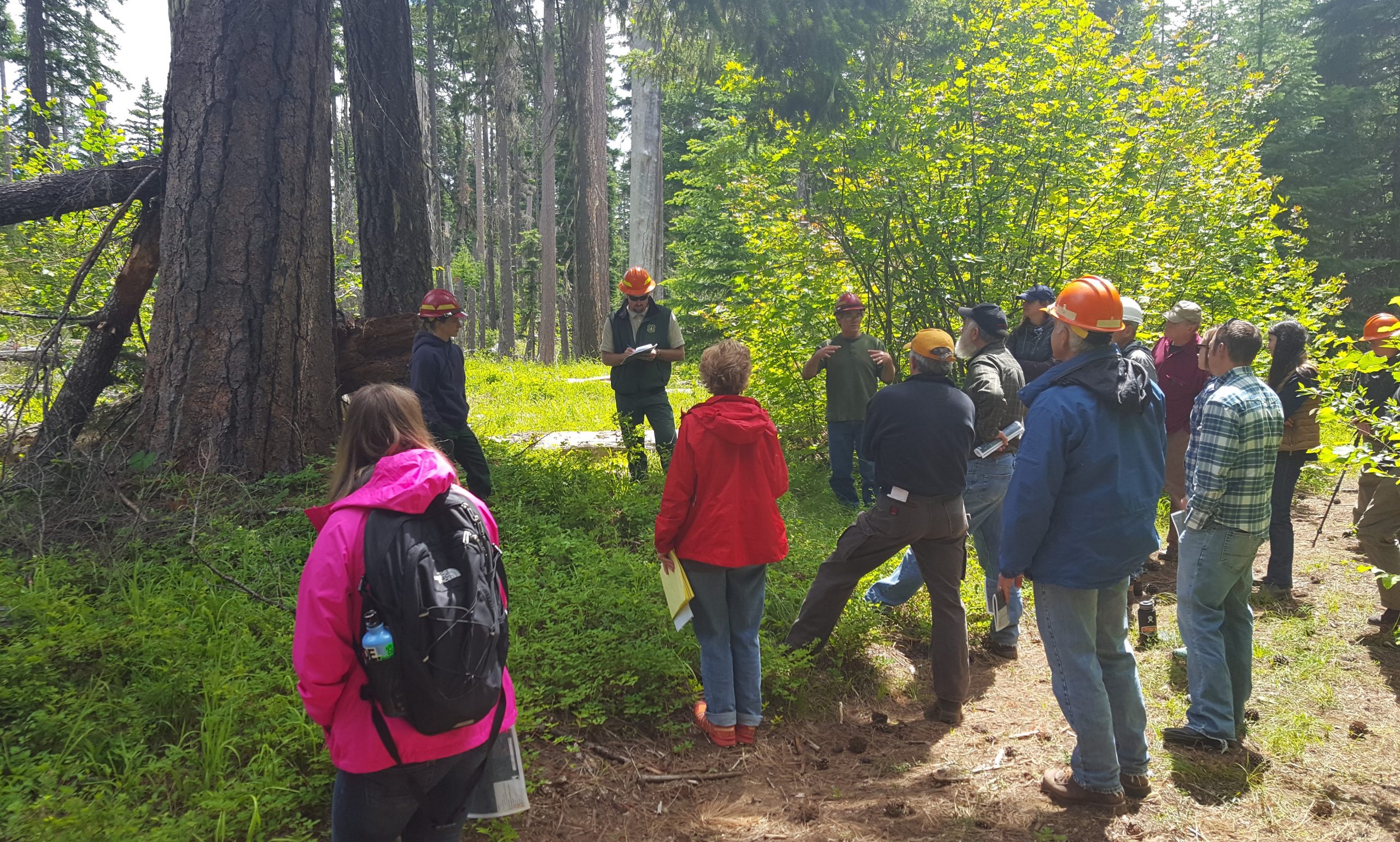
Advocating for management policies that support fire resilience
Fire was used to manage and maintain forest health and diversity by Indigenous peoples for centuries. However, a century of fire suppression has left forests that evolved to need fire dangerously overgrown and homogenous. Strategies like responsible thinning and others can help begin the process of restoring forests that have been impacted by a lack of fire.

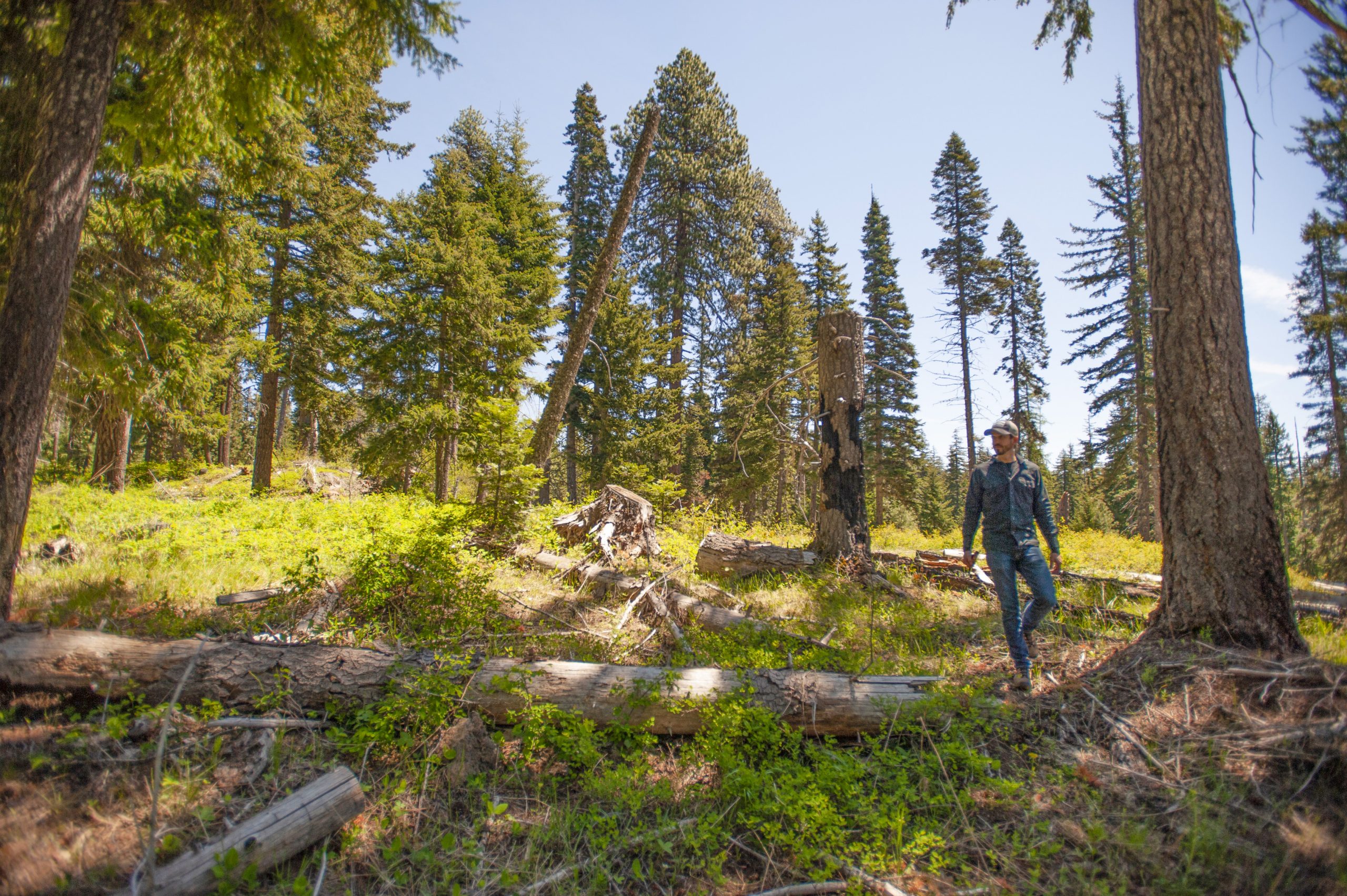
Reducing fuel loads and reintroducing low-severity prescribed fires

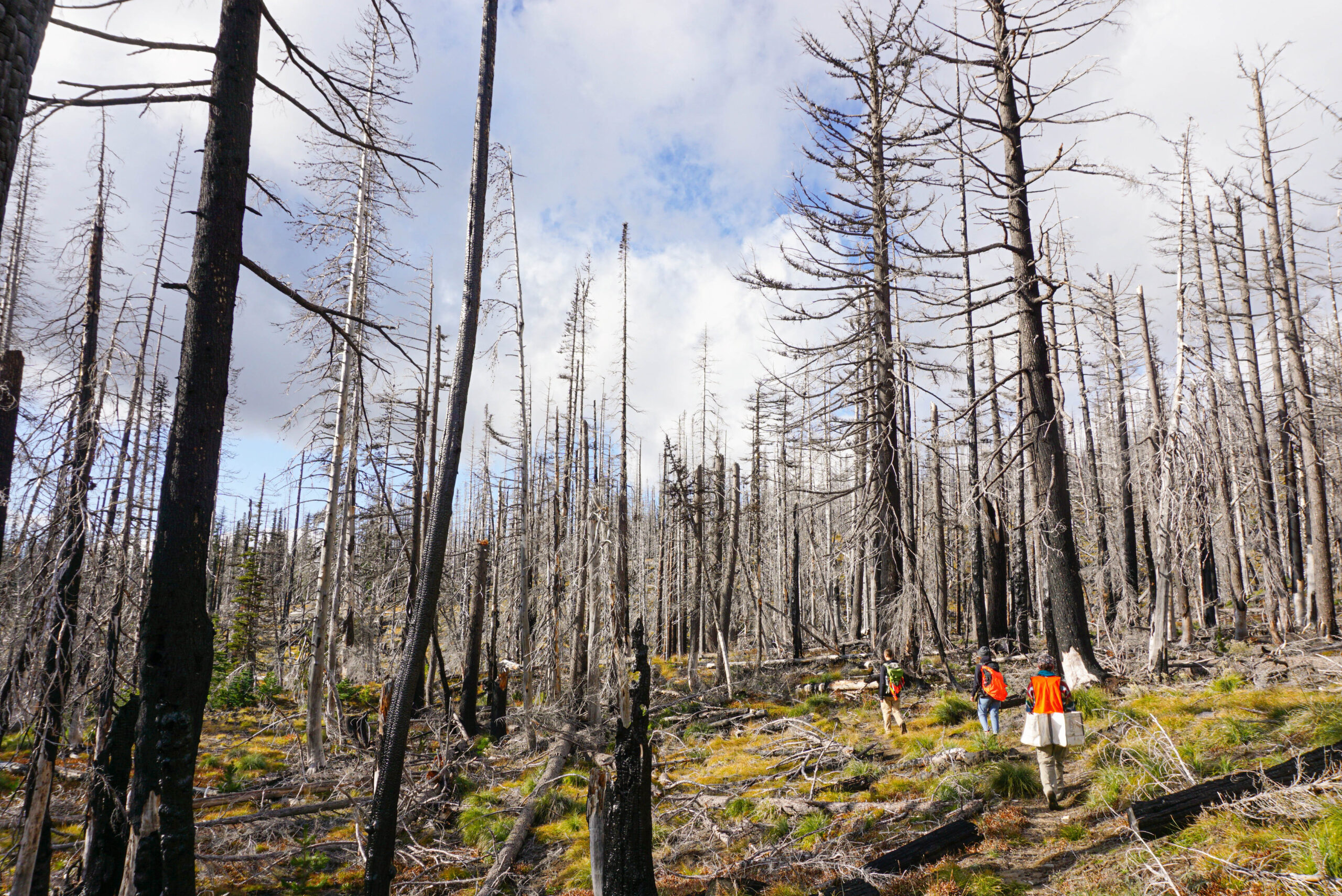
Helping areas recover from unusually intense and frequent fires

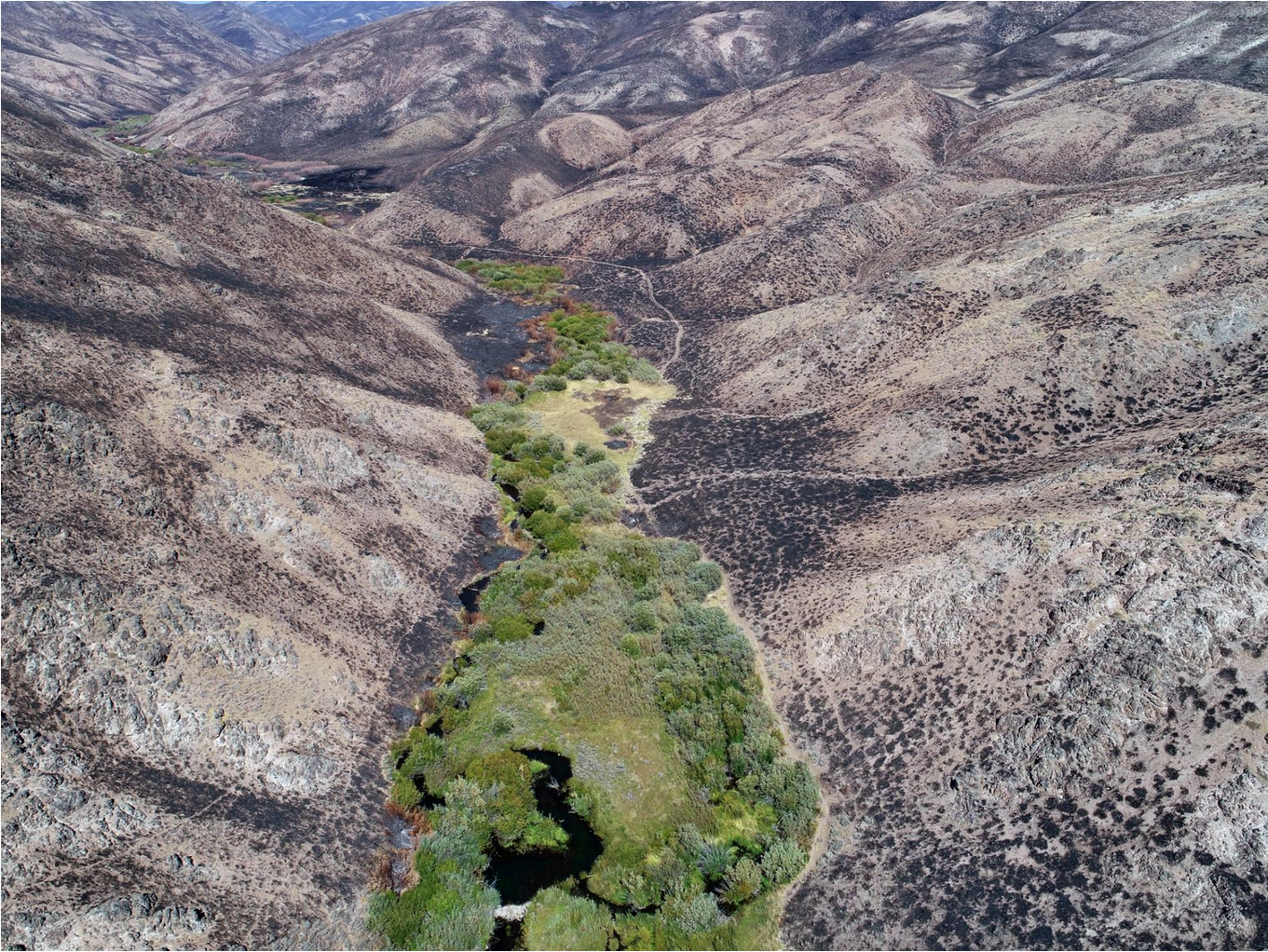
Beaver reintroduction and aquatic restoration

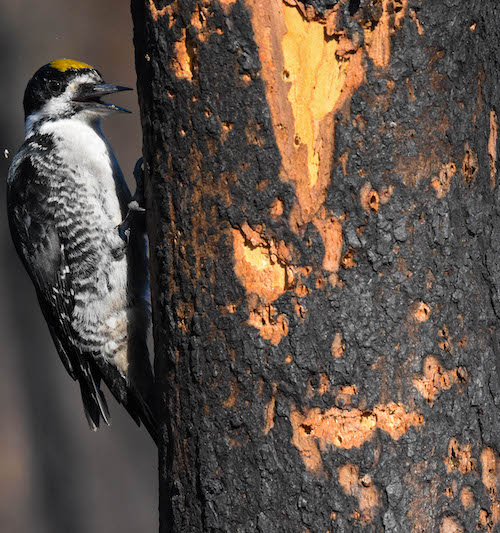
Standing against post-fire salvage logging
Burned stands are essential habitat for many species–like the black-backed woodpecker, which only nests in burned areas. We work to prevent the destructive practice of post-fire salvage logging to protect sensitive soils, biological legacies, and post-fire habitat and encourage the natural revegetation process.

SPEAK UP FOR A SUSTAINABLE FUTURE
Since 1985, Cascade Forest Conservancy has been your voice speaking for the areas in and around the Gifford Pinchot National Forest in southwest Washington. Join the 12,000 other members who support Cascade Forest Conservancy and are making a difference now.
News & Updates
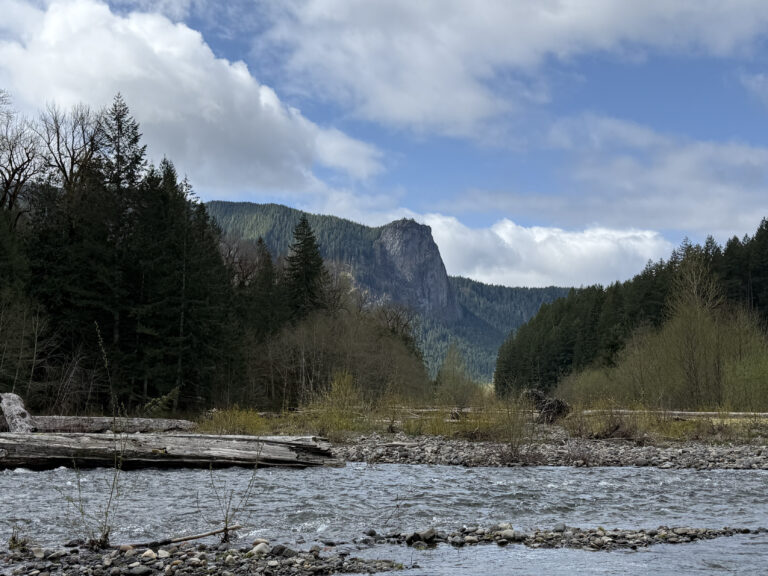
ACTION ALERT: Millions of acres of public land could become eligible for sale. Take action to protect them now!
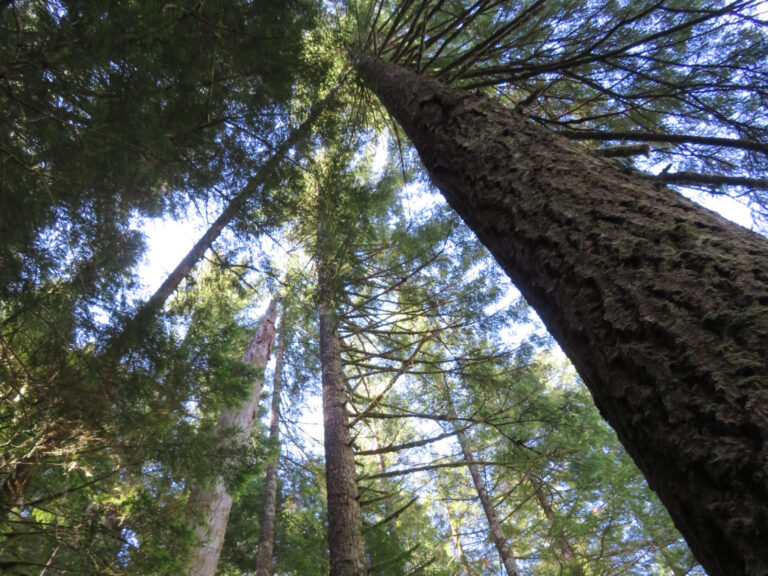
ACTION ALERT: TELL CONGRESS DEREGULATION AND UNRESTRICTED LOGGING ARE THE WRONG TOOLS TO REDUCE WILDFIRE RISK
